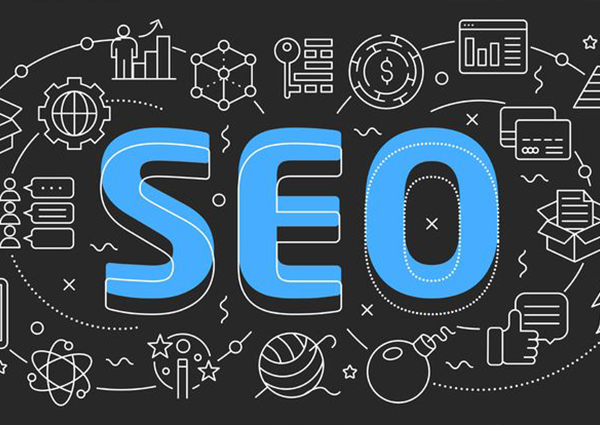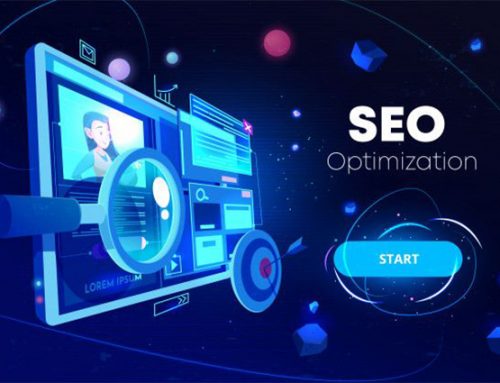Understanding the Impact of Google Penalties on Websites
Google penalties can severely impact websites’ visibility and performance, resulting in significant drops in search rankings and organic traffic. These penalties are Google’s response to websites that violate its Webmaster Guidelines, aiming to improve the quality of search results for users. This guide, backed by the expertise of Telsa Media, a leading provider of Professional SEO services, offers a comprehensive approach to understanding, identifying, and removing Google penalties to restore website health and search performance.
Types of Google Penalties and Their Consequences
Google penalties come in two primary forms: manual actions and algorithmic penalties. Each type affects websites differently, with manual penalties directly issued by Google’s team for severe violations and algorithmic penalties resulting from updates or changes in Google’s search algorithms. Understanding the nature and consequences of these penalties is the first step in developing a strategy for recovery.
Identifying the Type of Penalty: Manual vs. Algorithmic Penalties
Distinguishing between manual and algorithmic penalties is crucial for effective penalty removal. Manual penalties are accompanied by a notification in the Google Search Console. In contrast, algorithmic penalties require a more investigative approach, looking at timing correlations between traffic drops and known algorithm updates. Recognising the characteristics and differences between these penalties enables a targeted response.
Common Reasons for Receiving a Google Penalty:
Google penalties are often triggered by violations such as duplicate content, keyword stuffing, and the creation of unnatural links. These practices compromise the quality and relevance of search results, leading Google to penalise the offending sites. Identifying these issues is a critical step in the penalty removal process.
Preliminary Steps for Penalty Removal:
A comprehensive site audit is essential for identifying the reasons behind a Google penalty. Utilising tools and methods for a thorough analysis, such as Google Search Console and third-party SEO tools, can help pinpoint the specific violations. Telsa Media, the Local SEO Service provider in the UK, emphasises the importance of a detailed audit as the foundation for effective penalty recovery.
-
Creating a Checklist of Violations
- Documenting the identified issues systematically is crucial for addressing Google penalties. Creating a checklist of violations based on the site audit helps organise the penalty removal efforts. It serves as a reference throughout the recovery process.
-
Understanding the Manual Action Report
- For websites hit by manual penalties, understanding the Manual Action report in Google Search Console is key. This report provides details on the nature of the penalty and the affected pages or links. Interpreting Google’s notification correctly is the first step in crafting an effective reconsideration request.
-
Key Elements to Include and Tone to Use
- A well-crafted reconsideration request is vital for the removal of manual penalties. It should clearly outline the identified violations, the steps taken to address them, and the commitment to adhere to Google’s guidelines. The tone should be professional and cooperative, indicating a genuine effort to comply with Google’s standards.
-
Identifying the Specific Algorithm Impacting Your Site
- Recovery from algorithmic penalties involves identifying the specific Google algorithm update that affected the site. Whether it’s Panda, Penguin, or another update, understanding the focus of each algorithm enables the implementation of tailored strategies for content improvement and link cleanup.
-
Strategies for Each Algorithmic Penalty:
- Addressing algorithmic penalties require tailored strategies. Focusing on content quality and eliminating low-quality pages is crucial for penalties related to Panda. For Penguin-related penalties, cleaning up the site’s link profile and removing or disavowing toxic backlinks are key steps.
-
Correcting Crawling and Indexing Issues
- Technical SEO fixes play a significant role in recovering from Google penalties. Correcting crawling and indexing issues is essential for ensuring that Googlebot can easily access and index the site’s content. This includes optimising the site’s robots.txt file and providing a clean, well-structured sitemap.
-
Improving Site Speed and Mobile Usability:
- Google emphasises site speed and mobile usability as ranking criteria. Improving these aspects not only aids in penalty recovery but also enhances the overall user experience, aligning the site with Google’s standards for high-quality web pages.
-
Revamping Low-Quality Content
- Content optimisation involves revamping low-quality content and ensuring that all pages provide value to users. Strategies for updating and improving existing content include expanding on topics, improving readability, and ensuring originality to meet Google’s quality guidelines.
-
Eliminating Duplicate Content:
- Duplicate content can lead to Google penalties and should be eliminated. It is crucial to use tools and techniques to identify and resolve content duplication. This may involve using canonical tags, improving content uniqueness, or removing unnecessary duplicate pages.
-
Backlink Analysis and Cleanup:
- A comprehensive backlink audit is necessary to identify toxic and unnatural links that may have led to a penalty. This process involves analysing the site’s backlink profile and identifying links that violate Google’s guidelines.
-
The Process of Disavowing Harmful Links:
- Google’s Disavow Tool offers a solution for links that cannot be removed through outreach. Understanding how to use this tool effectively is crucial for distancing the site from harmful backlinks and aiding in penalty recovery.
Summary:
This guide outlines the key steps in removing Google penalties and recovering website health. From conducting a comprehensive site audit to implementing tailored recovery strategies and making technical SEO fixes, each step is vital in restoring a site’s standing in Google’s search results. Telsa Media’s expertise in SEO services underscores the continuous journey of maintaining Google compliance and achieving sustained search performance.
FAQs:
How long does it take to recover from a Google penalty?
Recovery times can vary significantly depending on the type of penalty, the severity of the issues, and the effectiveness of the correct actions. While some sites may see improvements within weeks, others may take several months to recover fully.
Can a website fully recover its rankings after a penalty?
Yes, a website can fully recover its rankings after a penalty, provided that all violations are adequately addressed and the site adheres to Google’s Webmaster Guidelines in the future. Continuous monitoring and adherence to best practices in SEO are crucial for maintaining a healthy website in the long term.




Leave A Comment